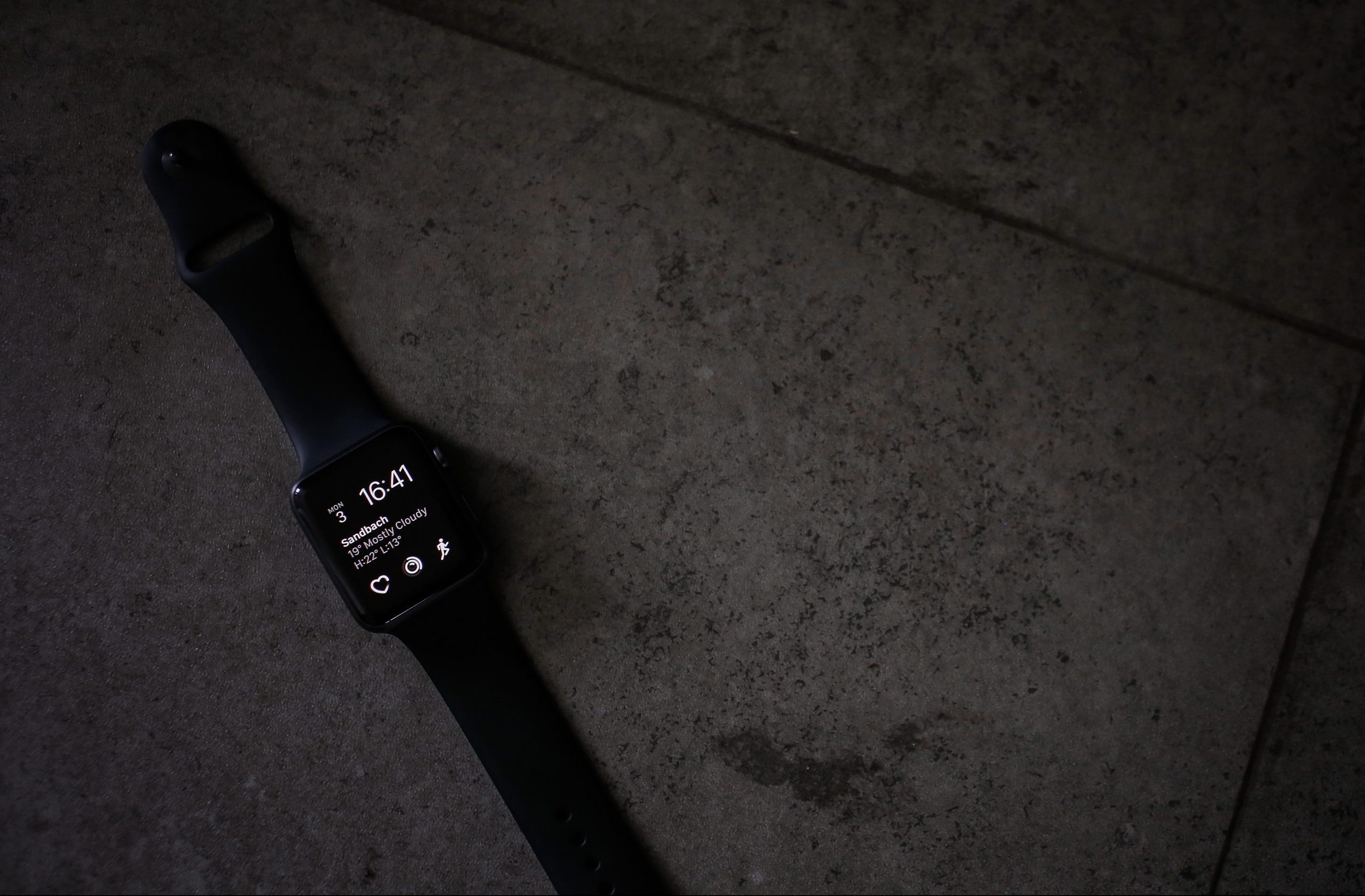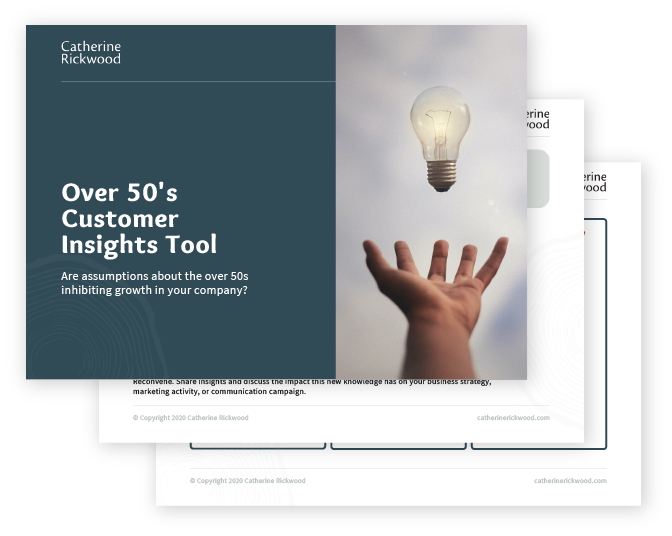The new Apple watch has some cool features – thinner body, bigger screen, faster processor, a built-in electrocardiogram (EKG) for heart rate monitoring and a fall detection feature. Where’s the ageism? The fall detection feature. Why? Because for any Apple user over 65, it automatically switches on the fall detection feature when they start using their watch. Therefore, this assumes that everyone over 65 years old is frail, doddery and vulnerable to falls.
Avoiding ageism through universal design
Ageism is defined as “discrimination against people on the basis of age; specifically, discrimination against, and prejudicial stereotyping of, older people” (Collins English Dictionary). It routinely occurs in workplaces and the broader community through discriminatory employment practices, lack of visibility in advertising, stereotypical portrayal of older people in the media, and in our language – e.g. “he/she is cute” or “he’s just a cranky old b****!”
As a result of the cultural pervasiveness of ageism, products and services rarely consider the needs and pain points of older people. Or, they’re designed based on age stereotypes. Universal design addresses this problem.
What is universal design?
The Centre for Universal Design Australia uses this definition from Canada:
“Design that considers the full range of human diversity with respect to ability, language, culture, gender, age and other forms of human difference”.
However, according to the Research Institute for Consumer Affairs (RICA) in the U.K. (2016) there isn’t evidence of systematic inclusion of older people throughout the design process.
The #1 key to universal design
Essential to inclusive or universal (used interchangeably) design is understanding the customer or recipient of the product or service. The importance of this is recognised by many organisations, evidenced by the burgeoning dialogue on the concept of co-creation (a Google search provided 547 million results). The #1 key?
Customer insights.
In other words, understand the customers or users of the product – what are their needs, wants & pain points?
Beware: Ageism inhibits innovation
And when it comes to product or service co-creation and universal design for older people, beware of ageism and age stereotypes. These may be held by both the customer and/or internal staff. These stereotypes can inhibit truly better design. The opportunity is to design a car (not a faster horse), or a smart phone (not simply a better mobile phone).
“We’re always working with community members. They always come up with things that you would never think of.”
Rajna Ogrin, Senior Research Fellow at Bolton Clarke
With Australia’s population ageing, it’s essential that organisations include older people in their design processes. Moreover, as over 50% of the older age group are in rural and remote areas, it’s also important to consider the differences between rural, remote, and urban areas, as this short video with leading experts in the field affirms.
If you’d like to find out the lessons we can learn from Apple when it comes to creating an age-inclusive workforce, read on here.



